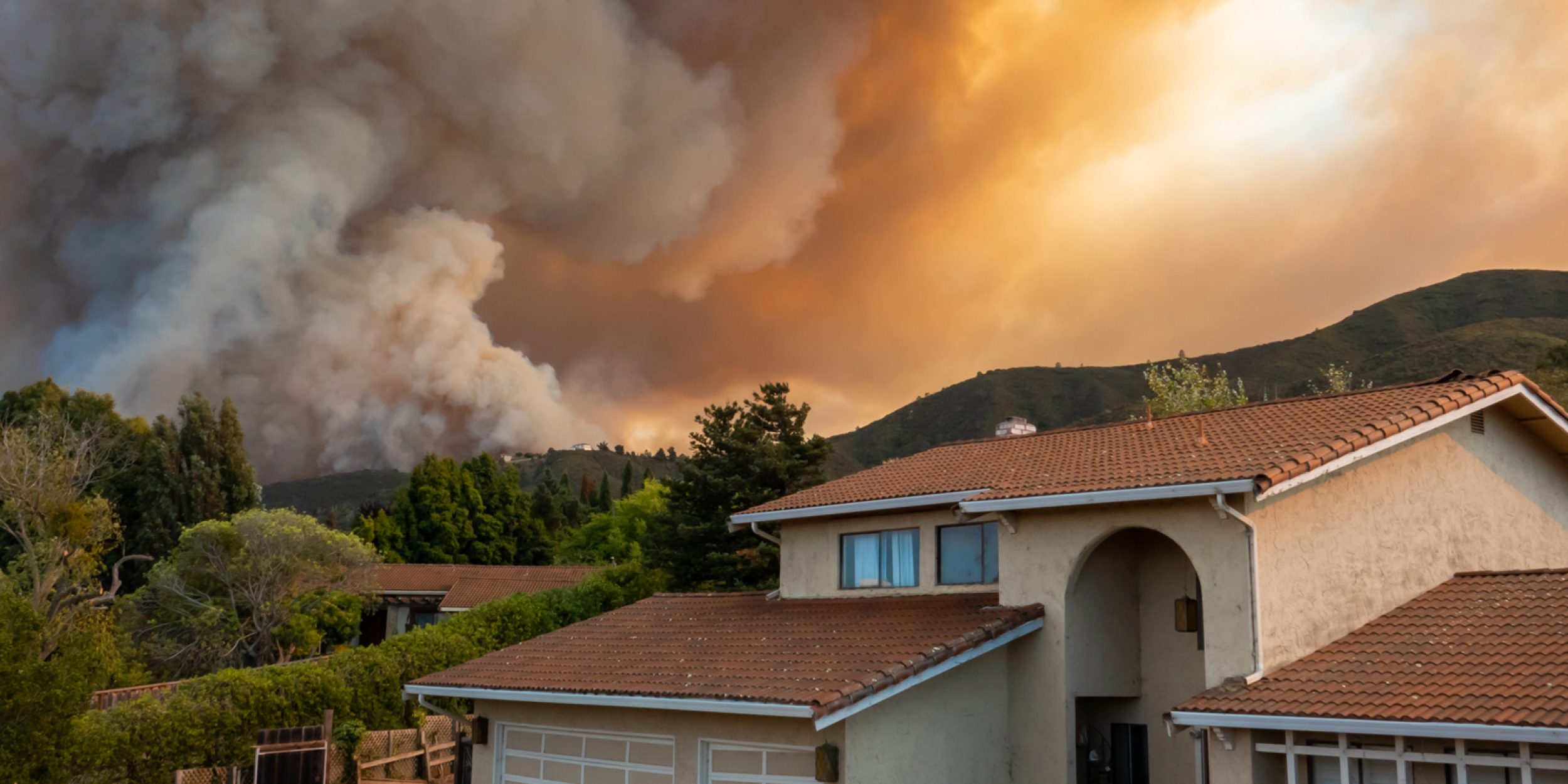A new study supported by two grants from the Climate Program Office (CPO) investigated the escalating issue of fires occurring in the wildland-urban interface (WUI), where urban development encroaches upon wild vegetation. Researchers Cenlin He and Wenfu Tang of the National Center for Atmospheric Research are supported by CPO’s Atmospheric Chemistry, Carbon Cycle and Climate (AC4) Program, Modeling, Analysis, Predictions, and Projections (MAPP) Program and National Integrated Drought Information System (NIDIS) to study the complex interactions and feedbacks between drought, fire, and air quality in the western U.S. By compiling a comprehensive database spanning nearly two decades, the researchers unveil a concerning global trend: while total fire counts and burned areas have declined globally, fires within the WUI are on the rise, indicating a shift in fire dynamics.
On all populated continents, the results show an increase in WUI fires, with the most dramatic increase in Africa. These findings, published in Environmental Research Letters carry significant implications for both air quality and climate. WUI fires have the potential to exacerbate air pollution in regions of high population density and impact atmospheric chemistry, with emissions from such fires containing toxic species that pose risks to public health and implications for climate change. Moving forward, this study lays the groundwork for future investigations into the impacts of WUI fires on urban meteorology, health, and property exposure. Ultimately, this knowledge will be invaluable in developing strategies to mitigate the impacts of WUI fires and safeguard both human health and the environment in the face of a changing climate.
For more information, contact Clara Deck.
Image credit: ready.gov



